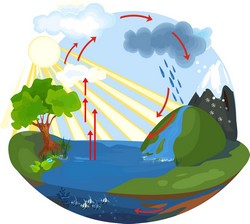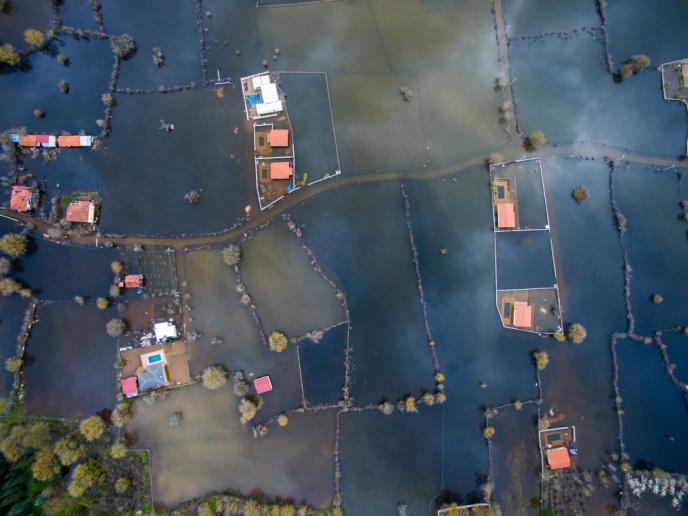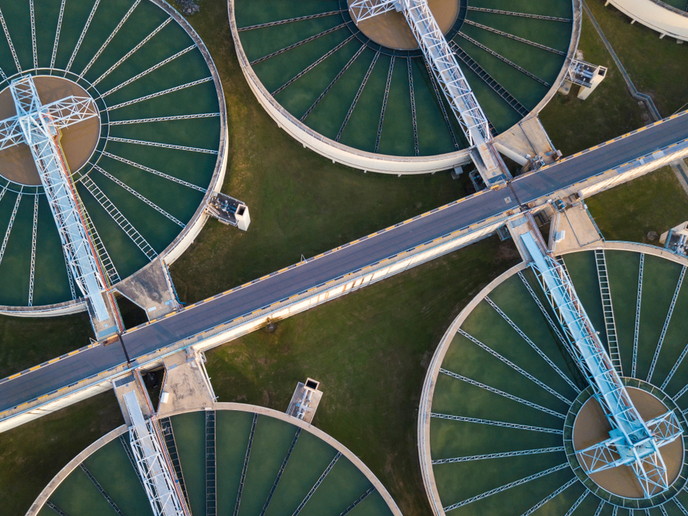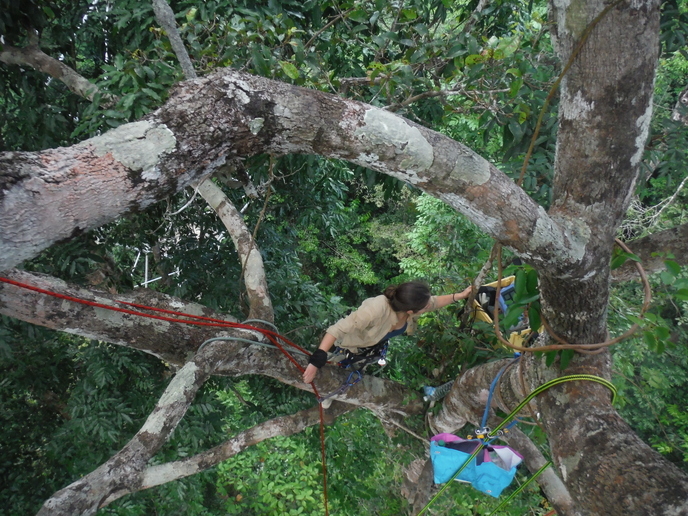Novel approaches to mitigate uncertainty in environmental predictions
Hydrological analysis models the flow of water and obtains data about where water comes from and where it is going. It can be used to identify the extent of floods and forecast how changes in a given area may affect water flow. However, hydrological prediction models are subject to uncertainty. To address this issue, the EU-funded IMPROVE (Improving risk assessment in environmental decision making through robust uncertainty estimation) project aimed to create optimised methods to quantify, reduce and better communicate uncertainty in data and model predictions. Work began by developing new methods to estimate uncertainty in observed hydrological data. One such method enables hydrology practitioners to measure discharge uncertainty and effects on resulting analyses. Project partners examined the impact of data uncertainty on uncertainty in hydrological signatures. Extensively used in research and water management, these signatures are calculated by using observed data such as rainfall and flow records. Uncertainties in signatures affect the ability to compare different locations, detect changes or compare future water resource management scenarios. Researchers found that signatures can be designed to lessen uncertainty in certain cases. Discharge signature uncertainties were then calculated for catchments in the United Kingdom. The high and low signature uncertainties measured by the IMPROVE team have important implications for altering the outcomes of hydrological analyses and understanding how catchments function. Additional research results also have important consequences for cross-catchment comparisons, catchment classification and regional hydrological modelling. Lastly, team members studied techniques to communicate and visualise discharge data uncertainties. They found that information available about data uncertainties is key to dependable model assessment, and that the types of signature required rely on the makeup of the hydrological model. IMPROVE demonstrated that uncertainty has the potential to change the result of hydrological analyses, thus adversely affecting decisions made by key water resource and environmental management actors.







